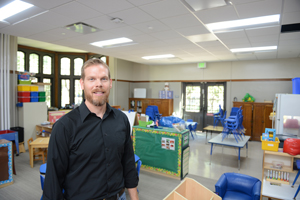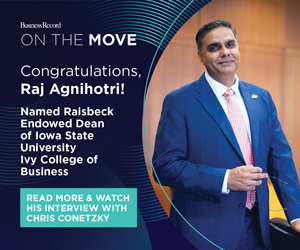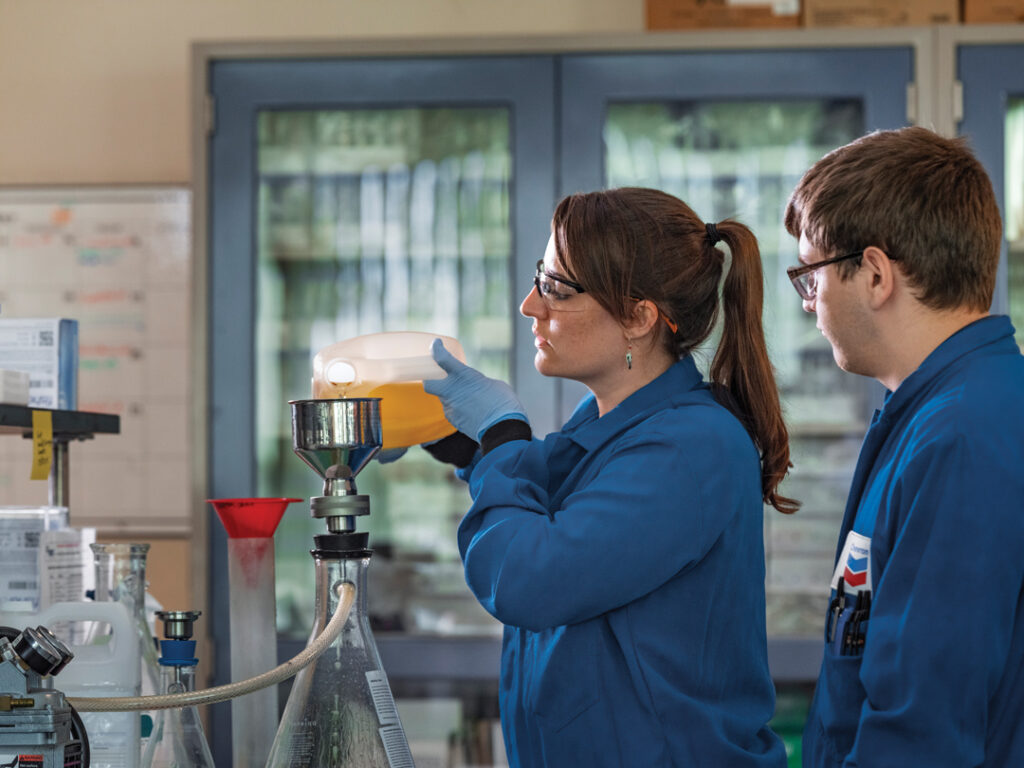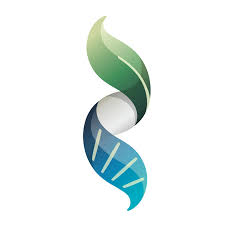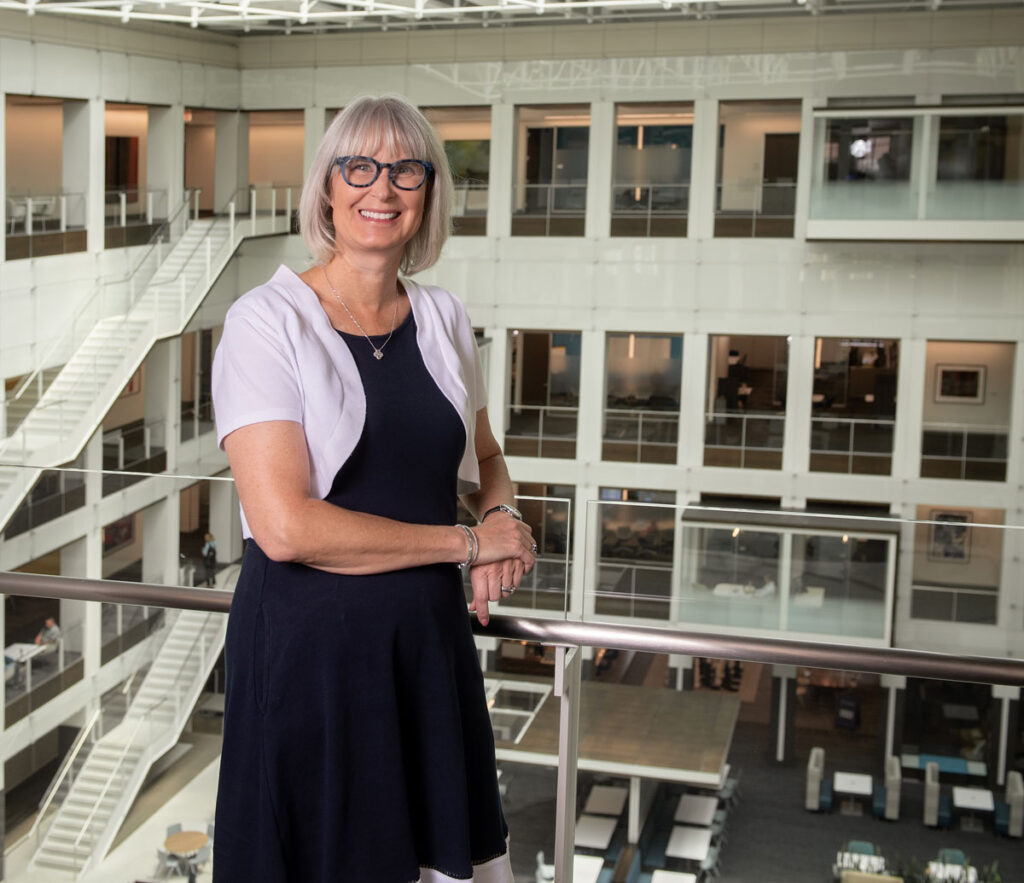A Healthy Glow
WDM firm designs LED light systems for PRO BASEBALL stadiumS, classrooms AND building facades

PERRY BEEMAN Oct 16, 2015 | 11:00 am
4 min read time
849 wordsBusiness Record Insider, Innovation and EntrepreneurshipA West Des Moines firm that competes against one of the world’s most famous lighting companies has entered the major league.
Literally.
KCL Engineering LLC, which grew out of the city incubator in West Des Moines, is working on a new LED lighting system for the Yankee Stadium complex. It’s working as a subcontractor with Planled, the same firm it helped by adding LED lights at the Seattle Mariners’ Safeco Field early this year. The Chicago Cubs are in talks with KCL for lighting designs for its training center and locker rooms, too.
The company also has worked on new “tunable” LEDs for Des Moines’ Ruby Van Meter and Smouse schools, with the thought they might help children with special needs adapt to classroom settings. It bathed the Financial Center in varied lights that brought substantial buzz in downtown Des Moines. And it helped Wells Fargo Arena pick a company and light system to improve the view of the Iowa Barnstormers or Taylor Swift.
KCL also designed an LED light system for a meat processing plant in Omaha, and consulted with Kauai County, Kauai, Hawaii, on an LED streetlight system.
This is so much more than seeing a 100 mph fastball coming to the plate. The “tunable LEDs” can be used to mimic the daily sunlight cycle, promoting health by imitating natural rhythms that take the sun from warm and calming in the morning to white and game-ready by noon. The lights also have no flicker, which is important when extreme slow motion is used to, say, check whether a tennis serve was in or out or for frame-by-frame replays.
Oh, and they save money. The Mariners expect to save 71 percent on power costs after the installation, which was dedicated in January.
The LED lights are so promising, they represent a large chunk of KCL’s work now. The company is even writing the lighting portion of the Green Sports Alliance Playbook, which guides projects in the major leagues and university sports programs for those who want sustainability.
The idea is to bring LED lighting that not only makes it easy for fans to see the field, or for players to navigate the locker rooms, but also might be able to charge players up for a game, or keep prisoners calm, said KCL senior lighting designer Mike Lambert. The Des Moines school district has installed them in classrooms serving students with special needs to see if the fixtures can help influence behavior and learning.
“These will be the lighting systems of the future,” Lambert said. “It’s a very complex topic. Light-based technology will have the same impact as electricity in the 20th century.”
“We can vary the light to match what nature’s solar day is like,” said Lambert. “Early in the morning, you have a warm, yellowish-orangish tone, and then as the sun tracks up in the sky during the day, it has a much stronger blue component.”
KCL started in 2007 with two guys, Kris Kunze and Mark LaCroix, and a trip through the West Des Moines incubator. The company now has its own office in Valley Junction and employs 16.
The project at the Des Moines schools has moved the company into a partnership with scientists checking to see how different types of lighting can affect health, and performance.
Scientists have studied how artificial lights affect hormone levels in our bodies, Lambert said. We naturally get sleepy at times, but bathing us in the engineers’ version of the sunlight can wake us up.
At the same time, not mimicking the sun’s rhythms could mean, at minimum, a slightly elevated risk for cancers, various studies have found. The World Health Organization has even declared that lights that don’t follow the sun’s usual daily changes in color most likely pose a health threat.
“We’re starting to understand some of the health implications,” Lambert said.
Eventually, the United States may consider regulations to promote health. “The Europeans are years ahead of us on this,” Lambert said. Insurance actuaries are checking into companies’ liability for light-related illnesses, something the tunable LEDs might lessen or eliminate, he added.
“LED represents a tremendous transformation, not just on lighting, but how information can be harvested and what our influence can be,” Lambert said. “There is nothing in the building sciences that is changing half as fast as lighting.”
KCL has started grabbing a headline or two in a state that long has marveled at competitor Musco Lighting’s work at the Statue of Liberty, Super Bowls, Olympic Games and college football stadiums.
In most projects, KCL handles the design and testing of the new systems, which technically can deliver 16 million different colors. In practice, a couple of dozen are typically used, Lambert said. Lambert said research has shown that brighter light makes people more active. So a sports team might start the day with lower light in a locker room but brighten the view as the game approaches, subconsciously telling the athletes it is time to get ready to compete.
Mimicking nature’s version of white light will be a big part of KCL’s future.

